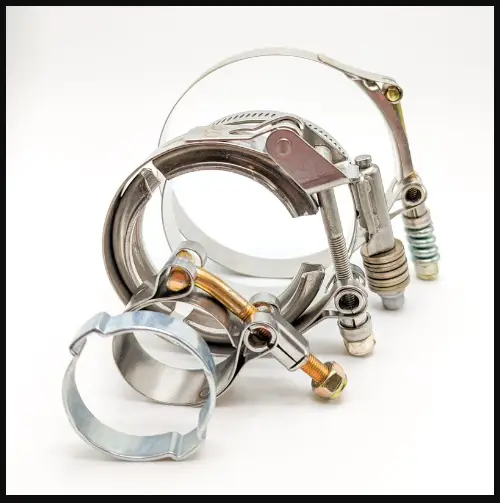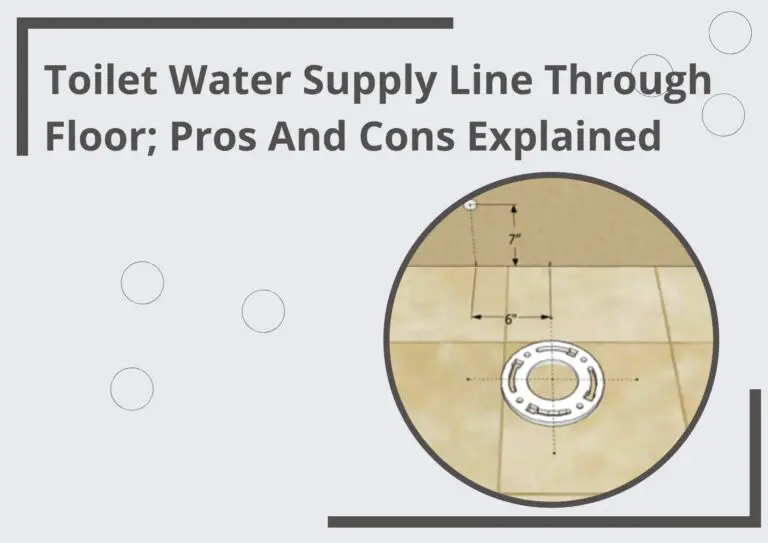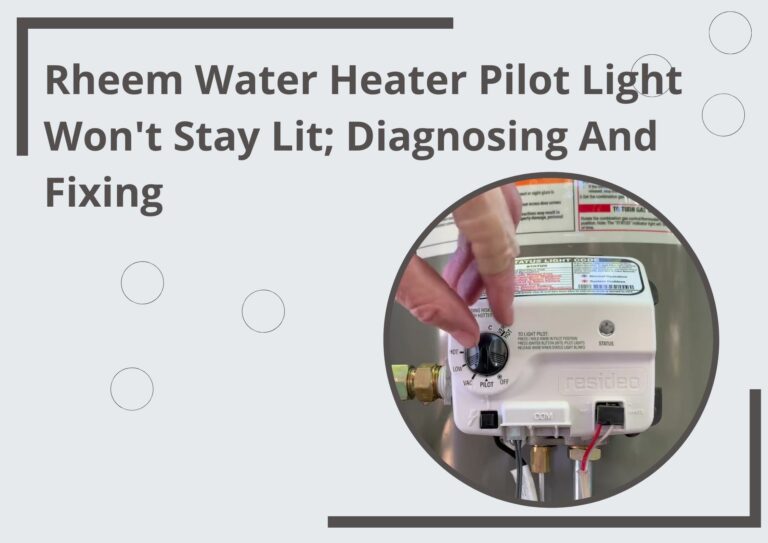Hose Clamp Alternatives; Best Alternatives Explained
Quick Read; The best hose clamp alternatives depend on your application. For high-pressure, secure connections, consider compression or swage fittings. For budget-friendly options, clamp fittings work well. For permanent seals, use crimp banding. For durability, Oetiker clamps shine. Choose based on your needs, ensuring a reliable hose connection in any situation.
When it comes to securing hoses in various applications, hose clamps are the go-to choice. But did you know there are alternative methods that could be better suited to your specific needs? In this blog post, we’ll delve into hose clamp alternatives, their advantages, and when to consider them for a leak-proof solution.
Table of Contents
What are the best hose clamp alternatives?

The best hose clamp alternatives depend on your specific needs and requirements for a particular application. Each alternative has its advantages and may be more suitable in certain situations. Here are some common hose clamp alternatives and their strengths:
- Compression Fittings:
- Best for: High-pressure applications, secure and leak-free connections.
- Advantages: Provides a tight and reliable seal under high pressure, less prone to leaks compared to hose clamps.
- Considerations: More expensive than hose clamps, may require specialized tools for installation.
- Swage Fittings:
- Best for: High-pressure applications, where a permanent connection is needed.
- Advantages: Creates a secure and permanent seal, suitable for rugged environments and high-pressure systems.
- Considerations: Requires a crimping tool for installation, not easily removable or adjustable.
- Clamp Fittings:
- Best for: General-purpose applications, garden hoses, lower-pressure situations.
- Advantages: Simple and cost-effective, easy to install and adjust, suitable for garden hoses and similar low-pressure scenarios.
- Considerations: Not ideal for high-pressure or critical applications.
- Crimp Banding:
- Best for: Permanent, high-pressure applications.
- Advantages: Creates a secure, permanent seal, suitable for heavy-duty and industrial applications.
- Considerations: Requires specialized crimping tools, not easily removable or adjustable.
- Oetiker Clamps:
- Best for: High-security and durable applications.
- Advantages: Known for their reliability and durability, resistant to corrosion, suitable for demanding environments.
- Considerations: Typically more expensive than other options.
Does My Landlord Have To Reglaze My Tub? All You Need To Know
plumbinsight.com
The best alternative for your specific situation depends on factors such as the type of hose, the pressure it will be subjected to, the environment it will be used in, and your budget. In high-pressure or critical applications, compression fittings or swage fittings are often preferred. For less demanding applications, clamp fittings or hose clamps may suffice. Oetiker clamps are a good choice when durability and security are paramount.
Always consider the specific requirements of your plumbing or fluid transfer task when selecting the best alternative to hose clamps, and consult with experts or manufacturers if you have any doubts about which option is most suitable.
What to consider before buying hose clamps?

Before buying hose clamps, consider the hose material and size, as clamps should match these specifications. Evaluate the clamp type suitable for your application, such as screw-type, spring, T-bolt, or ear clamps, based on ease of use and reliability.
Assess the expected pressure levels and environmental conditions to ensure clamps can handle them without leaks or corrosion. Determine your budget and whether you need reusable or disposable clamps. Decide on the quantity needed and ensure regulatory compliance if applicable.
Opt for reputable manufacturers to guarantee high-quality clamps, and consider ease of installation and removal, as well as available tools. By addressing these factors, you’ll make an informed choice for your project.
How Hard Is The Journeyman Plumber Test? All You Need To Know
plumbinsight.com
What is the best type of hose clamp?

The best type of hose clamp depends on your specific needs and the application at hand. For general purposes, worm gear or screw-type hose clamps are versatile, easy to install, and readily available.
For high-pressure situations, T-bolt clamps provide a secure and leak-free seal. In situations where hygiene is paramount, ear clamps (Oetiker clamps) with their smooth, sanitary design excel.
In extremely corrosive environments, stainless steel clamps offer superior resistance. Ultimately, the best hose clamp is the one that matches your hose material, size, pressure requirements, and the conditions of your application, ensuring a secure and reliable connection.
How do you remove different hose clamps?

Removing different types of hose clamps requires different methods and tools, as each type has its own design and fastening mechanism. Here’s how to remove common hose clamps and their alternatives:
- Screw-type Hose Clamps:
- Use a screwdriver or a nut driver: Loosen the screw or nut on the hose clamp by turning it counterclockwise. Once the clamp is loose enough, you can slide it off the hose. If the hose clamp has a worm gear design, you may need to use a screwdriver or nut driver to turn the screw.
- Spring Hose Clamps:
- Use pliers: Spring hose clamps have two tabs on each end that need to be squeezed together to release the tension. Use a pair of pliers to squeeze these tabs together, which will open the clamp and allow you to slide it off the hose.
- T-bolt Hose Clamps:
- Use a socket wrench or nut driver: T-bolt hose clamps have a bolt and a locking nut. Use a socket wrench or a nut driver to turn the bolt counterclockwise to loosen it. Once it’s loose enough, you can remove the clamp by sliding it off the hose.
- Ear Clamps (Oetiker Clamps):
- Use Oetiker clamp pliers: Oetiker clamps have a unique design with ears that need to be squeezed together to release the clamp. Use Oetiker clamp pliers, which are designed for this purpose, to compress the ears and release the clamp’s tension. Once the clamp is released, you can slide it off the hose.
- Compression Fittings and Swage Fittings:
- These fittings are typically more permanent and not meant to be easily removed. To remove them, you may need to cut the hose near the fitting and replace it with a new fitting when necessary.
- Crimp Banding:
- Crimp bands are also intended to be permanent. To remove them, you’ll need to cut the band using a specialized crimp band removal tool. Once the band is cut, you can remove the clamp and replace it if needed.
Always exercise caution when removing hose clamps or their alternatives to avoid damaging the hose or the surrounding components. Additionally, be aware that some types of hose clamps, compression fittings, and swage fittings may be intended for single-use and may not be easily reusable. It’s a good practice to have replacement clamps or fittings on hand when removing them from a hose or pipe.
When do we use hose clamps in plumbing?
Hose clamps are commonly used in plumbing for various applications to secure hoses, tubes, or pipes to fittings and prevent leaks. Here are some common scenarios in plumbing where hose clamps are used:
- Connecting hoses to fixtures
Hose clamps are used to attach flexible hoses to fixtures like faucets, toilets, and sinks. For example, they may be used to connect the water supply hose to a faucet or the fill valve to a toilet tank.
- Joining pipes
In some cases, hose clamps can be used to secure pipes together temporarily. This is often done when there’s a need for a quick, removable connection, such as in temporary plumbing setups.
- Securing hose connections
In irrigation systems, hose clamps are used to secure hoses or tubes to connectors or fittings. This ensures a tight seal and prevents water leakage.
- Fixing leaks
Hose clamps can also be used as a temporary fix for leaks in hoses or pipes. If a hose is damaged or has a small leak, a hose clamp can be applied to stop or minimize the leak until a permanent repair can be made.
- In automotive applications
Hose clamps are widely used in automotive plumbing to secure various hoses, such as radiator, fuel, and vacuum hoses to their respective connections.
- Industrial applications
In industrial settings, hose clamps are used to secure hoses carrying various fluids, chemicals, or gases. They are often used in conjunction with other fittings and connectors.
Hose clamps are versatile and cost-effective solutions for securing hose connections in plumbing, but there are alternative methods, as mentioned in your initial message, that may be more suitable for specific applications or environments depending on factors like pressure, durability, and budget.
Some related FAQs
Can I reuse hose clamps after removing them?
It depends on the type of hose clamp. Some clamps, like screw-type hose clamps, can be reused if they are not damaged during removal. Others, such as ear clamps or crimp bands, are typically intended for single-use.
Are there alternatives to hose clamps for high-pressure applications?
Yes, alternatives like compression fittings, swage fittings, or crimp banding are suitable for high-pressure applications, providing secure and reliable connections.
How do I remove a stuck hose clamp that won’t loosen?
Apply penetrating lubricant to the clamp’s screw or nut and let it sit for a while. Use a tool to gently try to loosen it. If it’s still stuck, consider cutting the clamp and replacing it.
Can hose clamps be used on all types of hoses?
Hose clamps are suitable for a wide range of hoses, but it’s essential to ensure compatibility with the hose material, size, and intended application. Some hoses may require specific types of clamps or fittings for a secure seal.
How do I prevent hose clamp corrosion in outdoor or corrosive environments?
Choose stainless steel hose clamps for better resistance to corrosion in harsh environments. Regular maintenance and inspections can also help identify and address corrosion early.
Are there any safety precautions to consider when using hose clamps?
Yes, when using hose clamps, wear appropriate safety gear, and be cautious not to overtighten, as it can cause damage. Regularly inspect clamps for signs of wear or deterioration to prevent leaks and failures.



